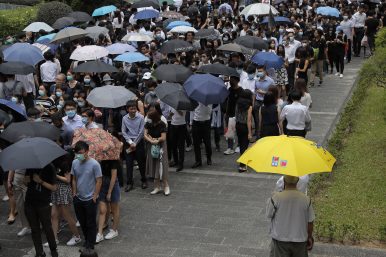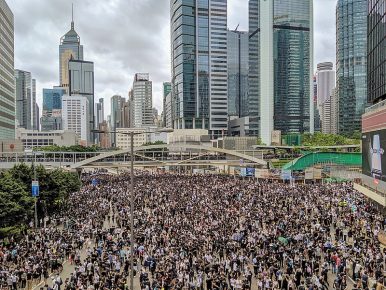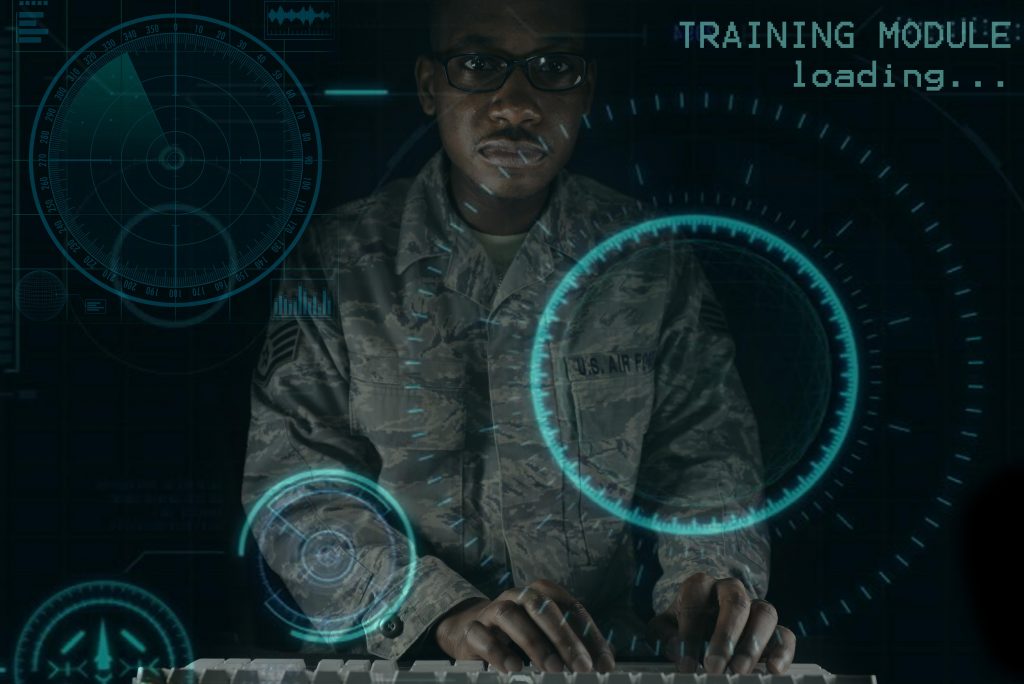Maj Gen P K mallick, VSM (Retd)
We are now at the business end of US Open tennis championship. Today the second set of QFs will be played to determine the semifinals line up in the bottom half of the draw.
Baby Fed Grigor Dimitrov has beaten the GOAT Roger Federer in 5 sets.
Before the tournament started nobody in his wildest dream would have put money on Dimitrov to reach semis in current form. The 78th ranked Bulgarian lost 7 of his last 8 first round matches in first round. The other one he lost was in second round!
He is called baby Fed because of his similar style of play like Roger Federer. His serve, volley, slices, forehand, one handed backhand, speed on court are remarkably similar. He was touted as next big thing when he won the year ending 2017 Nitto ATP finals. Then inexplicably he came under tough weather. He has been No 3 in the world. He had reached two grand slam semifinals in 2014 and 2017. He has won two junior grand slams. He has the pedigree to reach the top.
This year he had hired Andre Agassi and Radek Stepanek as Coach. Both were missing from his box today. When asked in post match talk he was evasive, meant you have to ask them for an answer.
















/arc-anglerfish-arc2-prod-mco.s3.amazonaws.com/public/4SZJ2BISB5DWPLWWJYHQTPRGQU.JPG)


